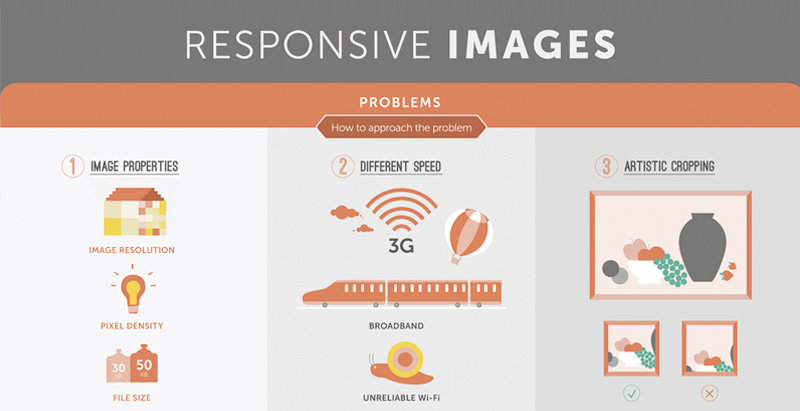Fascinated In Discovering How Web Site Style Has Evolved Over The Years? Explore The Journey From Straightforward Designs To User-Centered Strategies
Fascinated In Discovering How Web Site Style Has Evolved Over The Years? Explore The Journey From Straightforward Designs To User-Centered Strategies
Blog Article
Write-Up By-Pappas Peters
In the past, web sites were simple and focused on info. Navigation was direct, and design was for desktops. Currently, user experience is crucial. Data guides styles for simple navigation. Responsive layouts match different gadgets. Today, dark setting minimizes strain, and minimal menus boost navigation. Interactive attributes involve customers, and strong visuals stand apart. AI assimilation enhances involvement. See exactly how style has developed to enhance your online trip.
Early Days of Web Design
In the very early days of web design, simpleness preponderated. Websites were fundamental, with limited colors, font styles, and layouts. The focus was on offering info rather than flashy visuals. Customers accessed the net through slow dial-up links, so rate and capability were key.
Navigating menus were straightforward, generally located on top or side of the page. Internet sites were designed for computer, as mobile surfing wasn't yet common. Web content was king, and developers prioritized simple readability over intricate style elements.
HTML was the main coding language utilized, and developers needed to work within its constraints. Computer animations and interactive functions were marginal contrasted to today's criteria. Sites were static, with little dynamic material or tailored user experiences.
Surge of User-Focused Style
With the development of website layout, a shift in the direction of user-focused style concepts has actually ended up being progressively prominent. Today, developing internet sites that focus on user experience is important for engaging site visitors and accomplishing service objectives. User-focused style includes comprehending the requirements, choices, and behaviors of your target market to tailor the site's format, web content, and features appropriately.
Developers currently conduct thorough research study, such as customer studies and use testing, to gather understandings and comments directly from users. This data-driven strategy helps in producing instinctive navigating, clear calls-to-action, and visually appealing user interfaces that resonate with visitors. By positioning the customer at the center of the layout procedure, internet sites can provide an extra customized and enjoyable experience.
Receptive style has actually also emerged as an essential facet of user-focused style, making sure that internet sites are optimized for numerous gadgets and screen dimensions. This flexibility improves accessibility and use, satisfying the diverse means individuals engage with web sites today. In essence, the rise of user-focused layout signifies a change in the direction of developing digital experiences that prioritize the demands and expectations of completion customer.
Modern Trends in Website Design
Explore the most recent trends forming website design today. https://www.allbusiness.com/seo-and-sem-marketing-tips-for-limited-budgets-146323-1.html is dark setting style, using a sleek and modern appearance while decreasing eye pressure in low-light environments. An additional key trend is minimalist navigating, streamlining menus and enhancing customer experience by focusing on essential elements. Integrating micro-interactions, such as computer animated switches or scrolling results, can produce a much more interesting and interactive site. Responsive style remains vital, ensuring seamless individual experiences across various tools. Furthermore, using strong typography and unbalanced designs can include visual interest and draw attention to particular material.
Incorporating AI modern technology, like chatbots for client support or tailored suggestions, improves individual involvement and simplifies procedures. Ease of access has also end up being a substantial fad, with designers focusing on comprehensive layout practices to satisfy diverse individual demands. Embracing sustainability by enhancing internet site efficiency for rate and efficiency is an additional emerging fad in website design. Teaming up with user responses and information analytics to repeat and boost design constantly is necessary for staying relevant in the ever-evolving digital landscape. By accepting these modern patterns, you can develop a visually enticing, easy to use site that resonates with your audience.
Verdict
As you assess the evolution of internet site style from the very early days to now, you can see just how user-focused style has come to be the driving force behind modern-day fads.
Accept the journey of modification and adjustment in web design, constantly maintaining the customer experience at the leading edge.
Tippingpointdigital
Remain current with the most up to date fads and modern technologies, and never ever quit developing your technique to develop aesthetically spectacular and user-friendly web sites.
Evolve, adapt, and develop - the future of website design remains in your hands.
